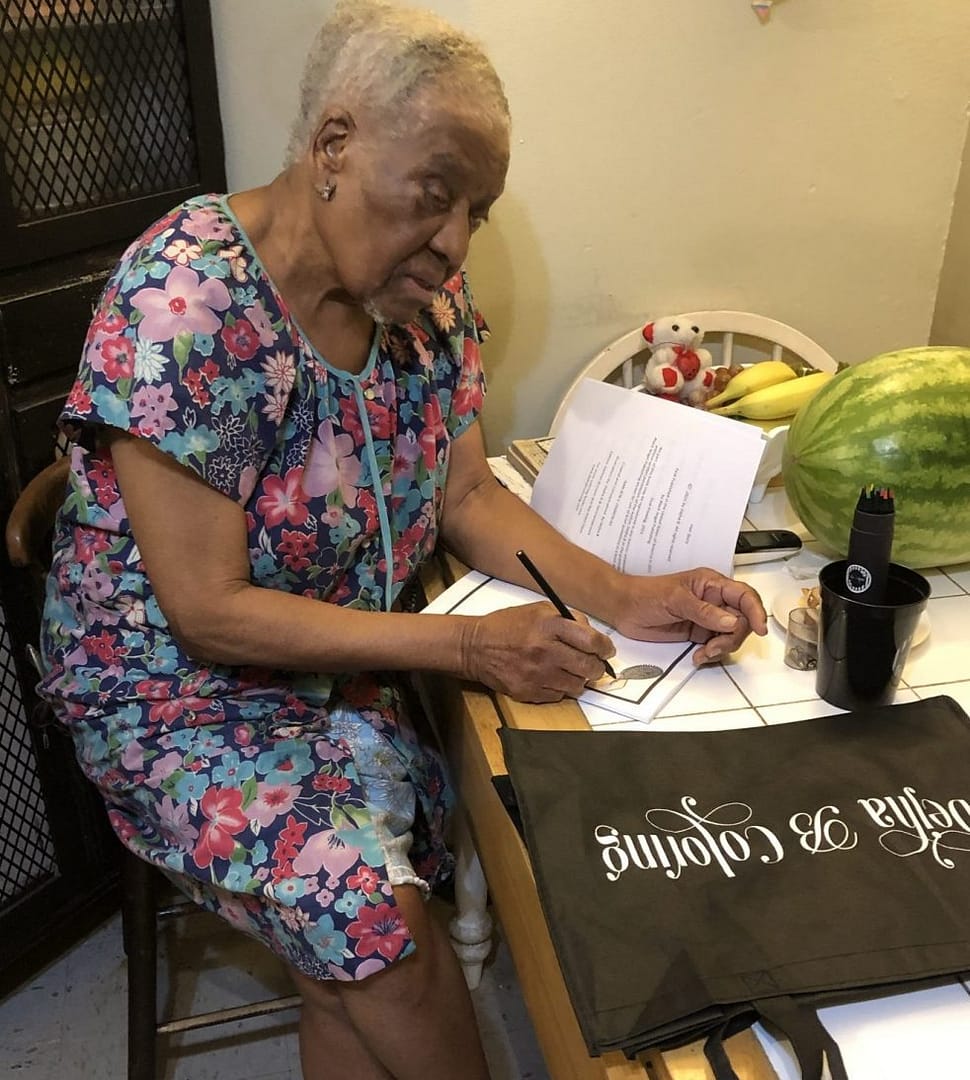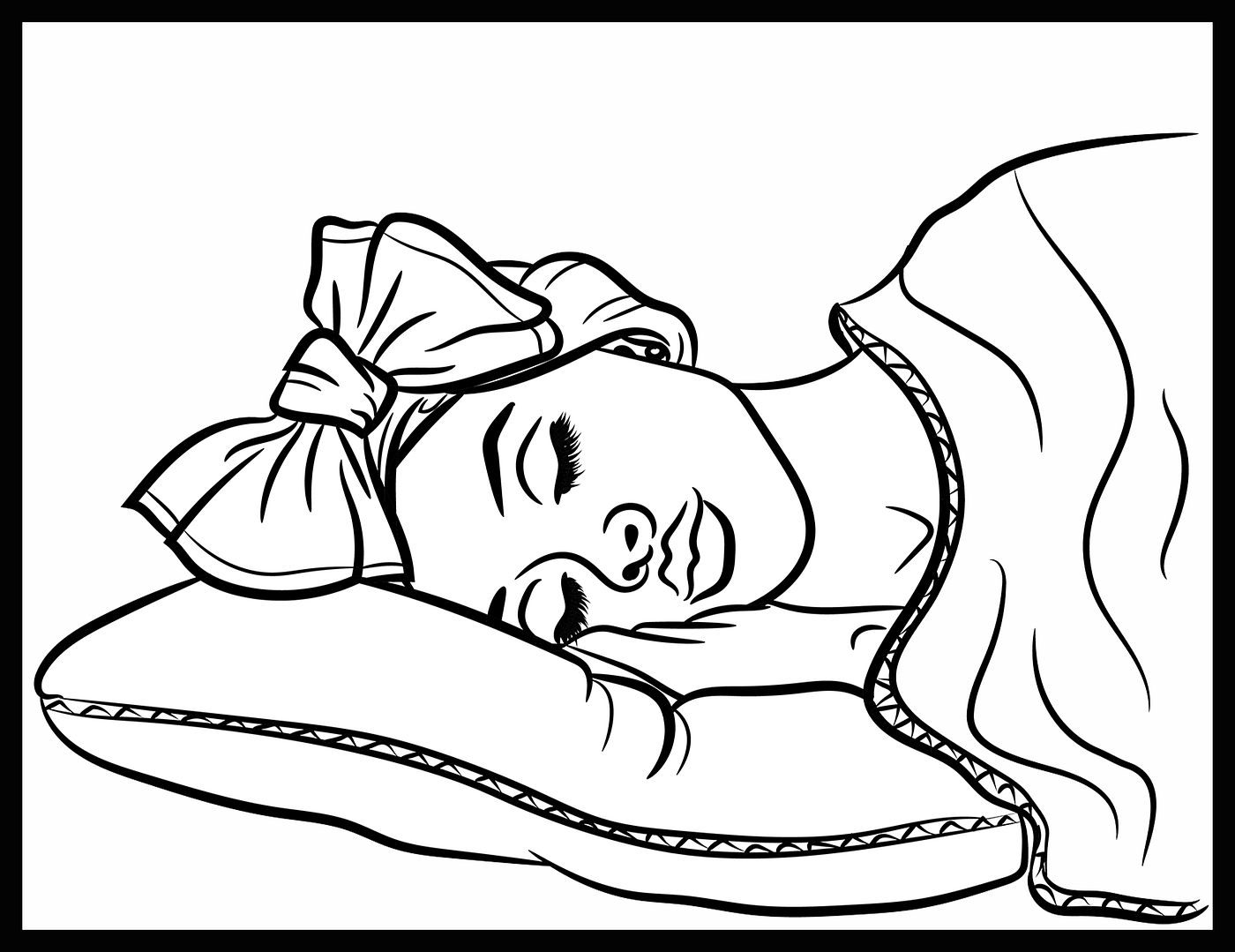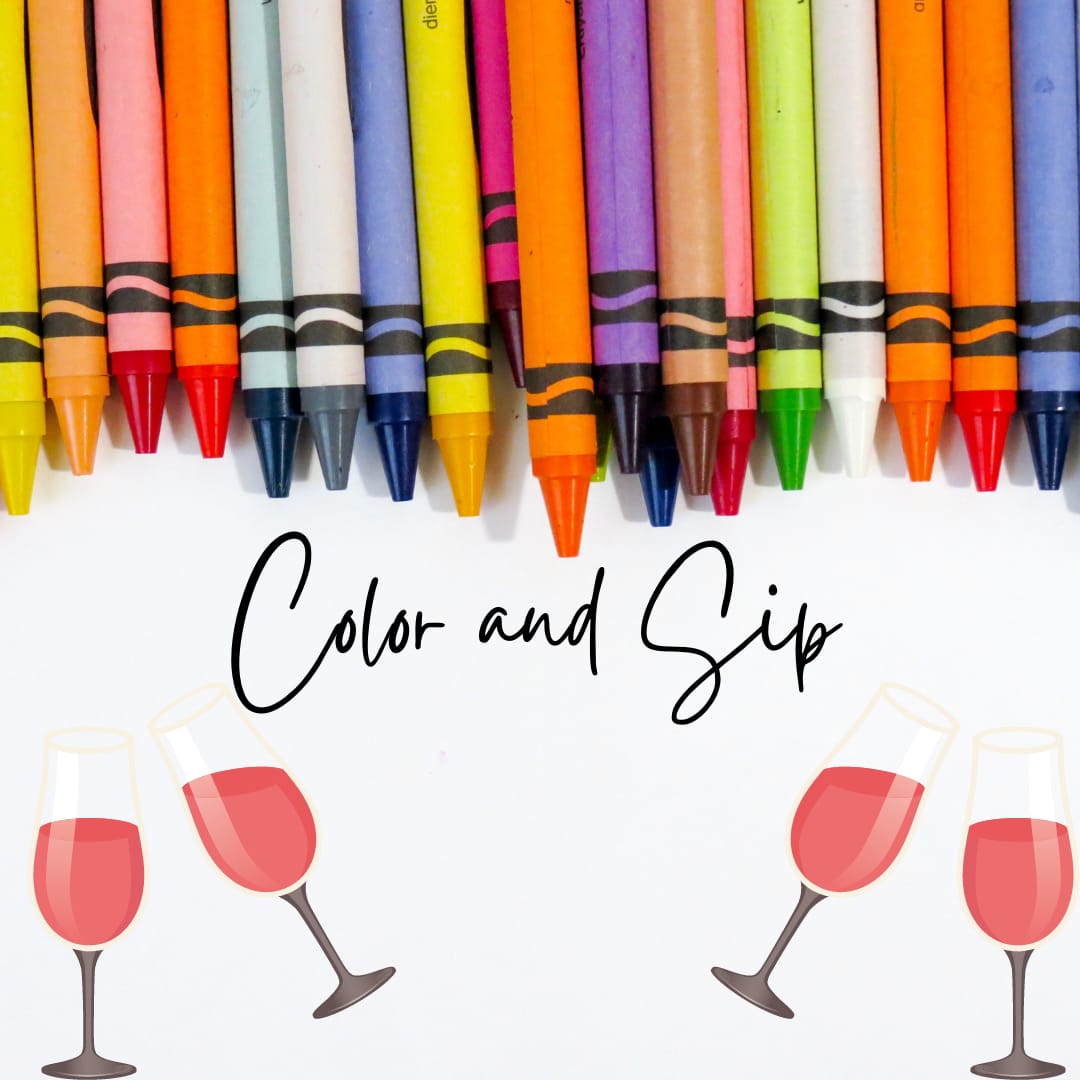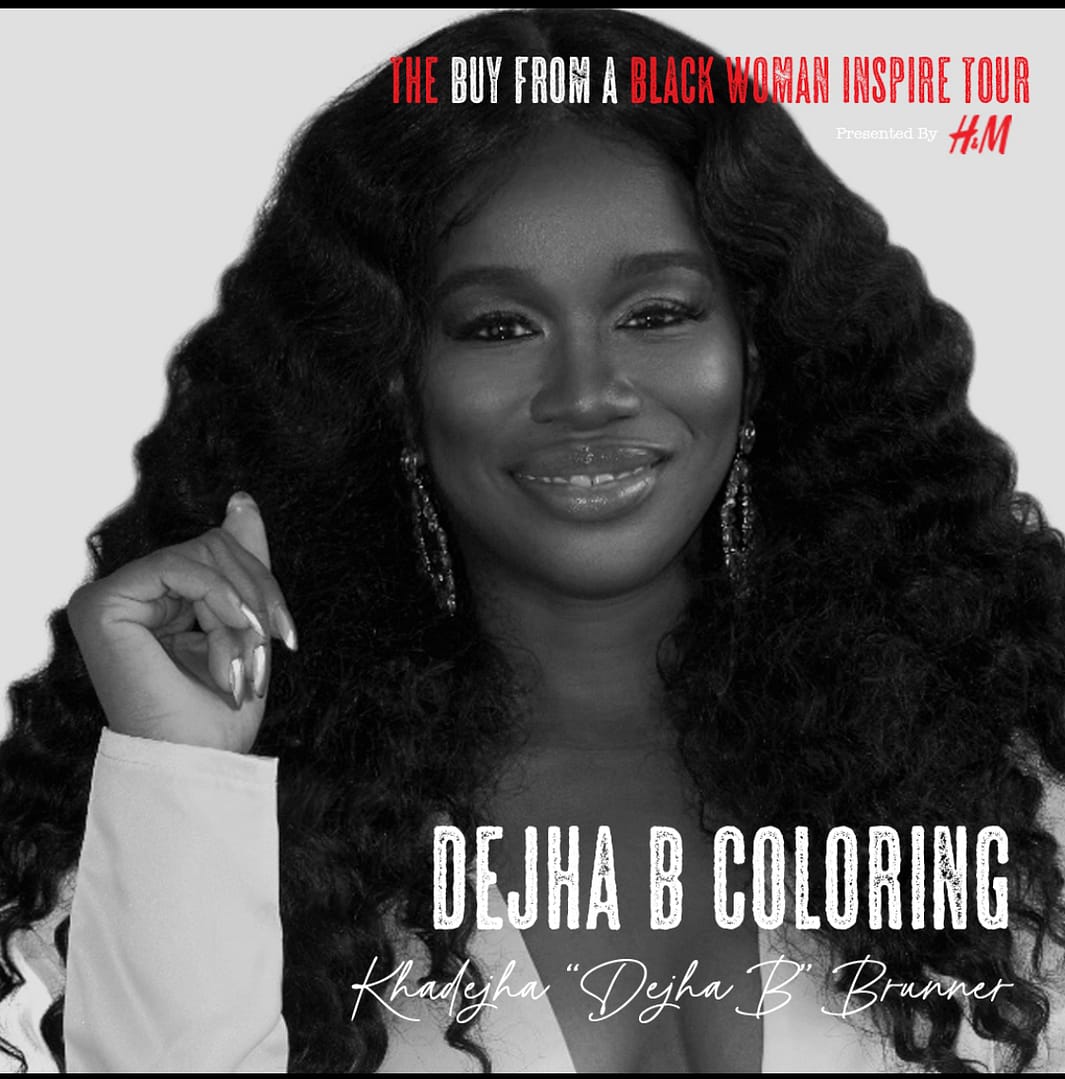Benefits of Coloring for Seniors
Benefits of coloring for seniors
Coloring for the elderly is beneficial because it improves dexterity, problem-solving skills, focus, and imagination. It’s also a terrific way for seniors to express themselves, which is sometimes lacking in their daily lives.
Self-Expression through Coloring
Seniors who take up the activity of adult coloring will find that there are a plethora of themes to choose from. Animals, mandalas, and hilarious pages are just a few of the many options available in the senior coloring book industry.
When it comes to the coloring that a senior citizen chooses, the possibilities are only limited by their creativity. A senior might relive their childhood joys by coloring because it’s typically associated with children’s hobbies. Elderly people can benefit from a reminiscence of their youth, which can bring back recollections of happiness and inventiveness. Memory, which can decline with age, can benefit from this.
Stress Reduction Through Color Therapy
A variety of factors might cause worry in the elderly, so coloring can help alleviate some of that tension by diverting attention. This lack of freedom can be alleviated by coloring, which is a form of self-expression that can help alleviate the anxiety that comes with it.
In today’s hectic environment, it’s easy to get caught up in the minutiae of daily life, and it’s even easier to persuade oneself out of engaging in creative endeavors. Adult coloring for elders allows seniors to break out of the mold and modify their thinking through passive focus, which can be difficult for some people to let go of the stresses of the world.
The meditative and distractive qualities of coloring make it an excellent activity for senior citizens who suffer from anxiety. Adult coloring allows seniors to put their worries about missed opportunities and life events on hold because they are required to reflect on their work throughout the process.
As a result of the distraction provided by color choice, seniors are less likely to become anxious since they can choose colors that match their mood rather than internalize their negative feelings. Anxiety attacks can be reduced by allowing the seniors to put their feelings on the page instead of allowing them to bounce around in their head, which can cause their flight or fight reaction, the primary component of anxiety attacks, to be activated.
Exercises for the Hands and Coloring
People’s fine motor skills decline as they get older. For the elderly, coloring allows them to practice precise muscular control in their hands and arms. This skill can be used for a wide range of everyday chores, not just coloring.
Adult coloring is an excellent way to increase dexterity & precision in the elderly because of the act of holding. Coloring in the lines with a fine-toothed pencil helps seniors develop fine motor skills that they may not be able to develop elsewhere.
Seniors should be treated like adults, and as such, should be provided with age-appropriate coloring materials. An elderly person may be offended if they are presented with crayons because they perceive they are being brought to childlike simplicity. To avoid this, provide a selection of colored pencils in a variety of colors. A senior coloring book activity can be completed more quickly and easily, when using this type of coloring utensils.
Dementia and Colored Pencils
Irritability and bewilderment are common symptoms of dementia in the elderly. Such typical issues can be considerably alleviated with the use of color. Soothing for those with mental health issues, coloring provides a dopamine boost and allows them to finish tasks on their timeline, making it a great alternative to medication.
Dementia sufferers who are unable to communicate verbally might nevertheless express themselves creatively through coloring. When a person is unable to communicate their feelings because of a disabling sickness, their anger and frustration can boil over. Patients can express themselves through coloring in a way that isn’t possible in other activities.
The benefits of coloring for dementia patients in terms of reducing stress and sadness cannot be overstated. Coloring provides a patient with an outlet for their thoughts, rather than allowing them to live in a constant state of agitation as a result of their perplexity. Those who are caring for a loved one with dementia may find that socializing can be a lifesaver.
Coloring Enhances Concentration
A senior’s ability to concentrate on other elements of life is increased because a senior coloring page artist is concentrated on the artwork at hand, increasing the mental focus on other things. When faced with new daily duties and initiatives, this sense of achievement can be applied.
Seniors can exercise their decision-making skills by examining the lines on a color book page and selecting the shades to be used. The results of these activities can be seen in the final project. Seniors can use coloring books as a distraction from their daily lives by focusing on the page’s lines and making sure that color schemes make sense, which allows them to get away from their surroundings.
An aged person’s attention span can be lengthened by engaging in a coloring activity, which allows them to focus on a single task for an extended amount of time. For the mundane everyday chores of life, a senior may well be able to concentrate on the work at hand for longer because of an enhanced attention span.
Conclusion
Coloring can help the elderly lower their blood pressure and pulse rate since it is calming. So coloring can be good for your health, especially if you’re an older person searching for a therapeutic pastime to help you cope with the stresses of growing older.
It’s tempting to think that creative expression necessitates the presence of an artist’s mind and well-honed skills. An excellent feature of adult coloring is the fact that it may be performed without extensive training in the arts.





